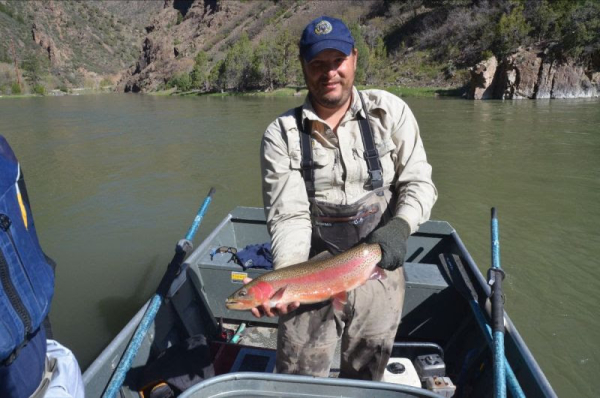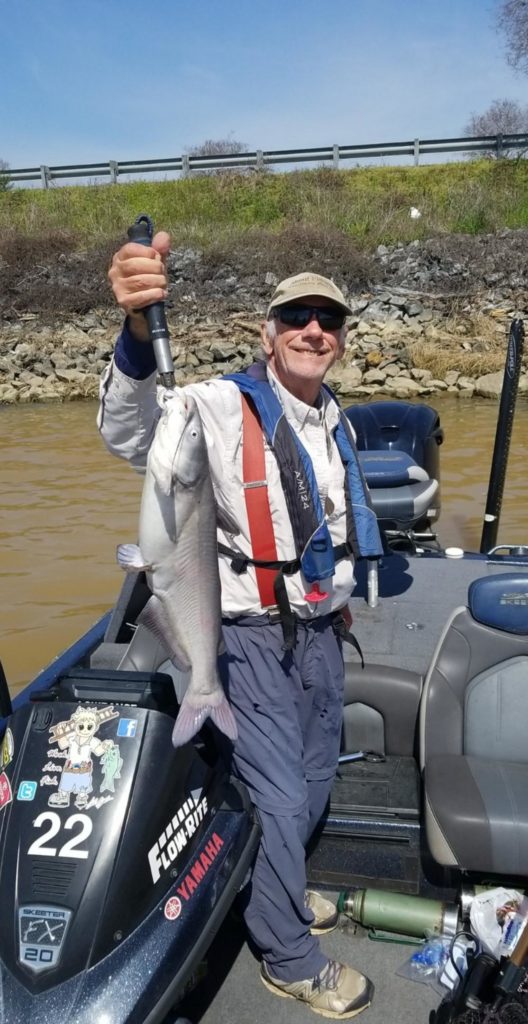| Seven Ways to Do Social Distancing Like a Sportsman |
| By Whit Fosburg, Theodore Roosevelt Conservation Partnership from The Fishing Wire Families all over the world are experiencing serious life impacts due to COVID-19. Aside from health impacts, businesses are closing, travel is banned, schools are being moved to virtual classrooms, and many people are afraid. So what can you do to make the most of this difficult time? First, you must follow all health advice and wash your hands, abide by social distancing rules, and take this seriously to protect you and your loved ones. But here are seven other suggestions for making the most of this unexpected off-season from, well, everything. Pick Up Your Laptop or LetterheadNow is the time to write your member of Congress on the key policy issues that will make a difference when you get back outside. Whether it’s passing the Great American Outdoors Act, digitizing public access routes, or preserving migration corridors, we’re here to help you get your message in the right hands. Check out our one-stop advocacy shop here. Get Out and ScoutMalls, bars, and restaurants may be closed. Concerts canceled and museums shuttered. But fear not: Now is the perfect chance to get outside and scout. Look for deer sign from last year and plot your next hunt. Listen for gobblers. Look for late season sheds. Explore that tributary you’ve always been curious about but have never fished. You’re away from the crowds, getting good exercise, and advancing your skills in the woods. (If you do encounter others, say, on our public lands, maintain six feet of distance, per CDC recommendations.) Practice, Practice, Practice Can’t get to the range? This is a great time to set up a target in the backyard and practice your archery skills (or, if you live in very rural areas, your rifle skills). Break out the fly rod and a hula hoop and practice your casting. You may be surprised how much you can improve. Feed a FamilyThis is a good time to sort through your freezer and donate your harvest or catch to the local food bank. There are many families in need right now, so if you have extra, be generous and make sure we’re all doing our part to help our neighbors. Try a New Wild Game RecipeThat bag of venison labeled “sausage”? Those snow goose breasts? Take a risk, and try a new dish. We recommend checking out MeatEater’s recipe log for something like venison fennel lasagna or rabbit schnitzel. Reload, Repair, and Tie For those of you who load your own ammunition, this is a great time to get ahead. Refinishing a stock that’s taken a beating over the years? Do it now. And with trout season around the corner, it’s time to replenish your fly box. Even if you’ve never tied a fly and always been curious, why not start now? YouTube is waiting. Read Hunting and fishing have always inspired great writing. From Theodore Roosevelt’s many volumes on hunting to Norman Maclean’s classic prose on fishing and life in A River Runs through It, catch up on classics. Or try something new, like Mark Kenyon’s exploration of our public lands in That Wild Country For more on TRCP’s conservation efforts, visit www.trcp.org. |


